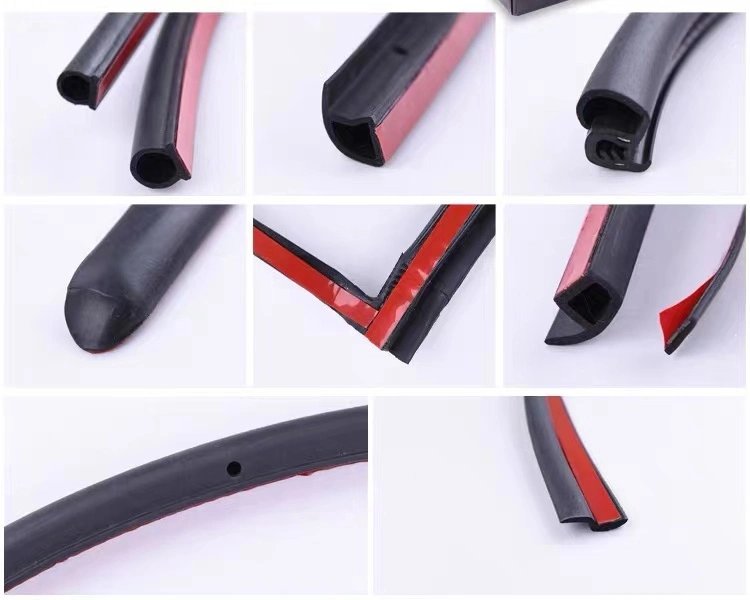Eco-Friendly Vintage Jute Bags Perfect for Sustainable Fashion and Everyday Use
The Timeless Charm of Old Jute Bags
In a world increasingly dominated by plastic and synthetic materials, the humble jute bag represents a return to our roots—a reminder of simplicity, sustainability, and utility. Often overlooked in favor of flashier, more modern alternatives, old jute bags hold a certain charm that speaks to both nostalgia and environmental consciousness.
Historically, jute, also known as the golden fiber, has been cultivated for thousands of years, primarily in South Asia. Its natural properties make it a preferred material for crafting strong and durable bags. The production of jute is highly sustainable; it requires minimal chemical fertilizers and pesticides, grows quickly, and its fibers are biodegradable. As the world grapples with the adverse effects of plastic pollution, the resurgence of jute bags symbolizes a significant shift towards more eco-friendly practices.
Old jute bags often carry stories within their worn-out seams. Many of them have traveled far beyond their initial purposes, transforming from carrying goods in bustling markets to becoming fashionable accessories or environmentally conscious grocery bags. Their rugged texture and rustic aesthetic are perfect for those who appreciate authenticity and sustainability. Each bag reflects a unique journey, having been used in various settings—whether transporting grains, fruits, or even serving as packaging for artisanal products.
The charm of an old jute bag lies not just in its utilitarian value but also in its versatility
. These bags can be easily repurposed or customized to fit modern aesthetics. Artisans and creatives around the world have found ways to breathe new life into old jute bags by adding artistic designs, embroidery, or even transforming them into home décor items such as wall hangings or cushion covers. This transformative ability is a testament to their durability and adaptability, allowing them to transition effortlessly from one use to another while retaining their innate qualities.old jute bag

Moreover, using old jute bags aligns perfectly with the growing movement towards minimalism and conscious consumerism. In an era where the demand for fast fashion and disposable products seems insatiable, opting for vintage or sustainably sourced items like jute bags is a way to reduce one's carbon footprint and embrace a more thoughtful lifestyle. The act of choosing an old jute bag over a single-use plastic bag sends a powerful message about the value of longevity and mindful consumption.
The aesthetic appeal of old jute bags is another reason for their resurgence. Their earthy tones and natural fibers can complement various styles, from bohemian to contemporary. They offer a certain rustic elegance that can elevate any outfit or occasion. Whether it’s a trip to the farmer's market, a day at the beach, or simply a casual outing, an old jute bag not only serves a practical purpose but also adds an element of style and personality.
As we navigate the complexities of modern life, the allure of simplicity becomes ever more enticing. Old jute bags embody this simplicity while also promoting a sustainable future. They remind us to cherish the old while embracing the new, promoting a lifestyle that values the planet and its resources.
In conclusion, old jute bags are more than just practical items; they are symbols of sustainability, creativity, and nostalgia. By choosing to use them, we participate in a narrative that values our environment while enjoying the unique charm that these bags offer. In a world that often prioritizes the new and the disposable, let us celebrate the enduring appeal of the old jute bag—a simple, yet profound statement of style and sustainability.
Share
-
The Ultimate Guide to Square Files for Precision WorkNewsJun.26,2025
-
The Power of Flat FilesNewsJun.26,2025
-
Revolutionize Your Craft with High-Performance Rotary FilesNewsJun.26,2025
-
Precision and Durability with Diamond-Coated Needle FilesNewsJun.26,2025
-
Essential Tools for Precision Work: Round Metal Files and MoreNewsJun.26,2025
-
Essential Tools for Precision Sharpening: Triangular FilesNewsJun.26,2025







